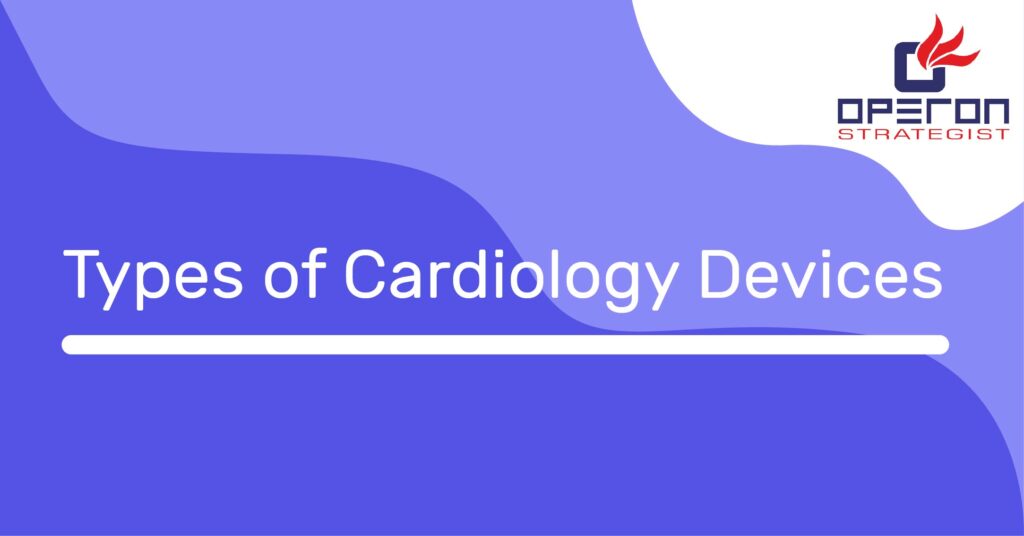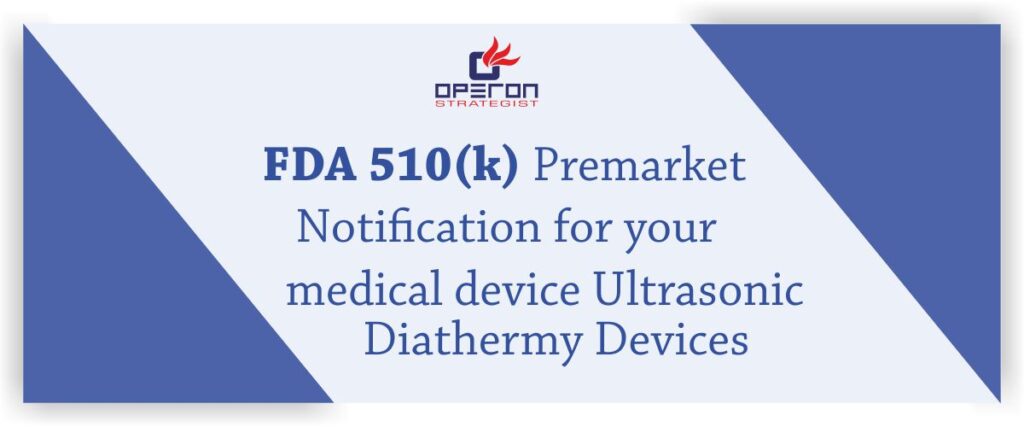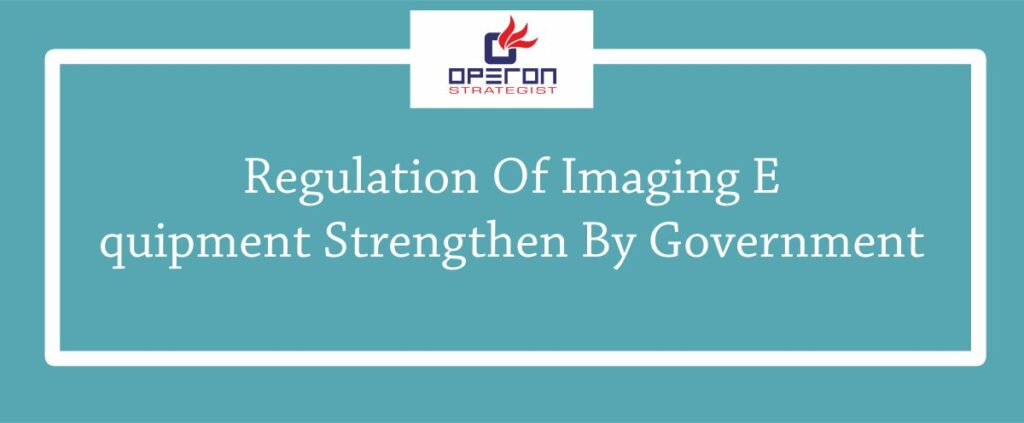Cardiology Devices comprise one of the largest categories of medical devices by sales. They are second only to in-vitro diagnostic devices. Approximately one out of every ten medical devices made are Cardiology Devices. Ranging from small, implantable devices to large external machines, they are used to diagnose and treat heart diseases and related cardiovascular problems.
Cardiology Devices perform a variety of functions. Some monitor the heart for arrhythmias, sometimes responding with actions to correct irregular beats. Others supplement the heart’s pumping action. Individual valves can be manufactured, as can artificial organs to replace the heart completely.
Stents can be inserted to increase blood flow, while other appliances can reshape the chambers of the heart. Some Cardiology Devices work outside the body, taking over the cardiopulmonary responsibilities during surgery or providing emergency defibrillation. All medical devices must be manufactured to precise standards. Because of their crucial functions, Cardiology Devices are subject to exacting regulations. And, if the device is implantable, it must meet the highest criteria of all.Application of the right ISO standard can be challenging for the manufacturer. As ISO 13485 medical device consultant we are guiding medical device manufacturers in implementation of QMS and necessary ISO standard.
Types of Cardiology Devices
- Implantable Cardioverter Defibrillators
People with advanced heart disease, heart failure and certain genetic arrhythmias are often at risk of life-threatening, fast, irregular heartbeats called ventricular arrhythmias. These people may need an ICD, which delivers an electric shock to restore a normal heart rhythm. An ICD is often recommended for people with ventricular arrhythmias that have not responded to other treatment, such as catheter ablation or medical therapy.
- Pacemakers
There are two kinds of pacemakers. The traditional model is placed under the skin and connects to the heart via electronic leads. A smaller, leadless pacemaker is placed inside the heart and does not require transvenous leads. Pacemakers are used to manage bradycardia, a condition that causes the heart to beat too slowly—less than 60 beats per minute. The pacemaker produces electrical pulses that keep the heart beating at a normal rate.
- Biventricular Devices
A biventricular pacemaker works like a conventional pacemaker but uses a third wire to send electrical impulses to the heart to resynchronize the contractions of the heart’s left lower chambers, or ventricles. Also called a cardiac resynchronization device, a biventricular pacemaker is implanted when medications don’t relieve symptoms of heart failure, a condition in which the heart does not pump a sufficient amount of blood to the body, and when the left chamber does not beat in a coordinated manner.
This causes the two ventricles to contract out of sync with one another. A re-synchronization device coordinates the contractions of the left ventricle. There are also biventricular defibrillators for people who would benefit from resynchronization yet also require the protection of a defibrillator. This combination device works to maintain a steady heartbeat and either speed up or slow down a heart that is beating too slow or too fast. It also records information about your heart rhythm, so our specialists can evaluate your heart health and adjust treatment as needed.
- Implantable Cardiac Loop Recorders
Your cardiac electrophysiologist may recommend implanting a wireless cardiac monitor called a loop recorder. This device continuously records information about your heart’s rhythm for up to three years. Smaller than the size of a AA battery, the implantable cardiac loop recorder is inserted beneath the skin of the upper chest to record information about the heart’s electrical activity, much like an electrocardiogram, or EKG. It is used to diagnose or identify the source of an arrhythmia.
People who have had unexplained fainting spells or heart palpitations that can’t be detected by short-term heart rhythm recording devices—such as Holter monitors—may be candidates to receive this device. Doctors may also recommend an implantable cardiac loop recorder for people with atrial fibrillation, which causes a rapid and irregular heartbeat. This device is also used in people who have had a stroke for which a cause has not been determined.
Standards and Regulations for Cardiology Devices
Due to the critical nature of Cardiology Devices and their often prolonged contact with patients, the standards and regulations pertaining to such appliances are extensive. In addition to ISO 13485:2016, which covers all medical devices, standards specific to cardiac medical devices include:
- ISO 14708-1:2014 — Active implantable cardiac devices: general requirements for safety, marking, and information to be provided by the manufacturer.
- ISO 14708-2:2012 — Cardiac pacemakers.
- ISO 14708-5:2010 — Circulatory support devices.
- ISO 14708-6:2010 — Particular requirements for active implantable medical devices intended to treat tachyarrhythmia.
- ISO 27185:2012 — Cardiac rhythm management devices, symbols to be used with cardiac rhythm management device labels, and information to be supplied, and 5555general requirements.
- IEC 62304:2006 — Medical device software.
Understanding and proper implementation of these standard is necessary for manufacturer and for this we as medical device consultant provide guidance to them. Cardiology Devices market is hinged on a key factor—the risk of CVDs and related health problems is recognized today on a greater scale. It can be attributed to a growing healthcare awareness through visibility on the internet, private hospital heart programs and public outreach programs from government agencies like the CDC. Consumers are alert towards the symptoms of developing a heart disorder, the need to early diagnosis and available treatment options.





